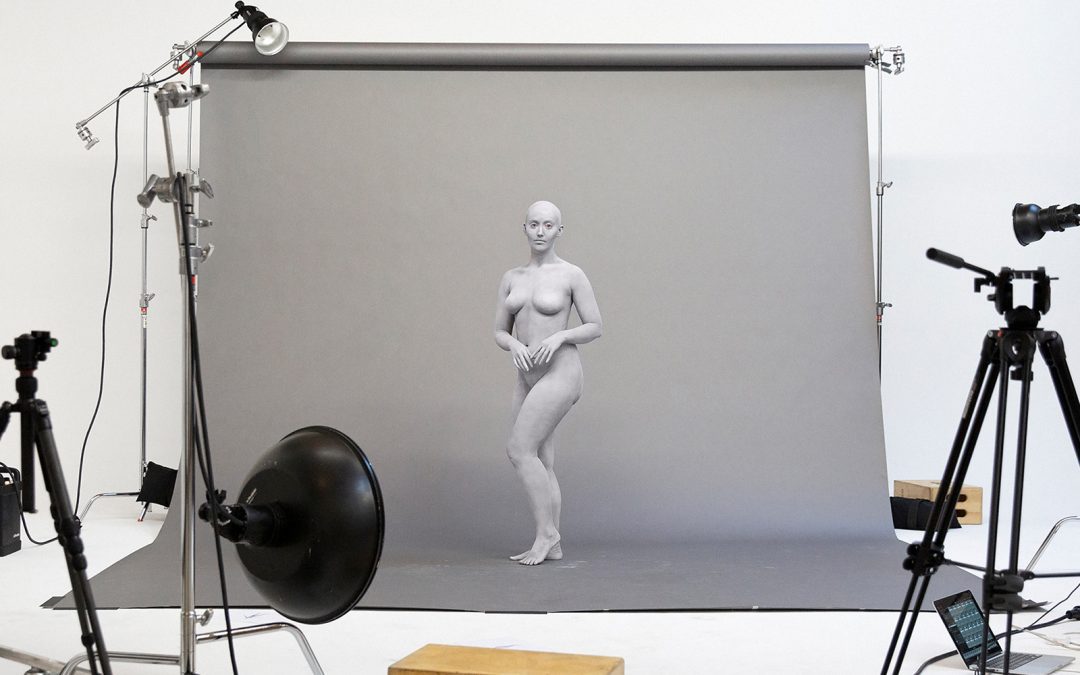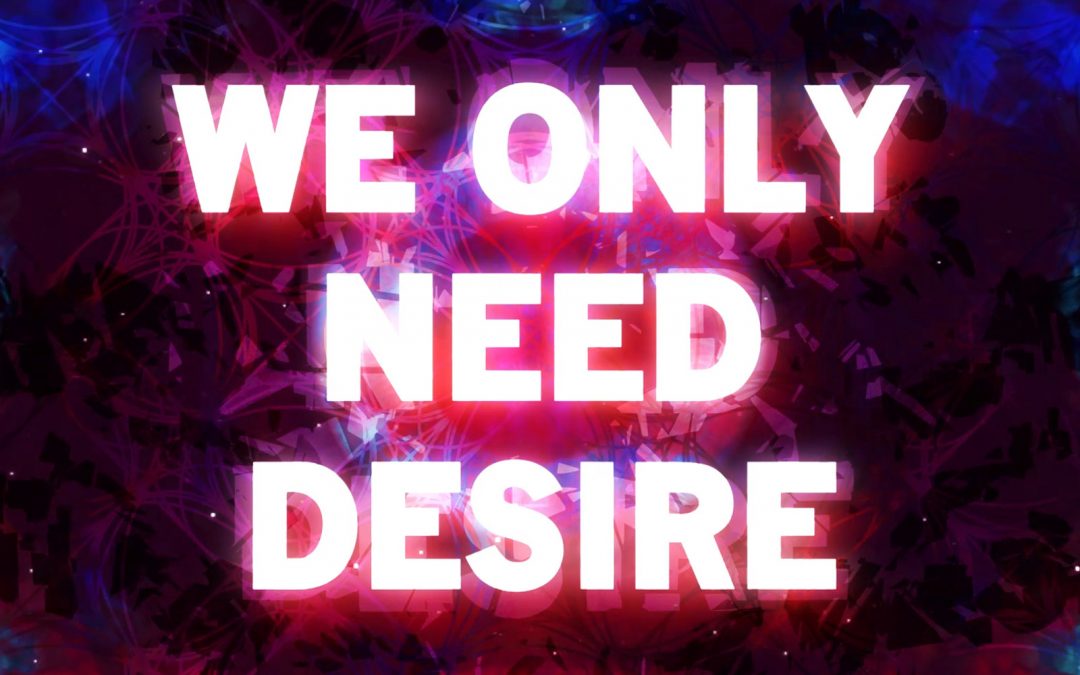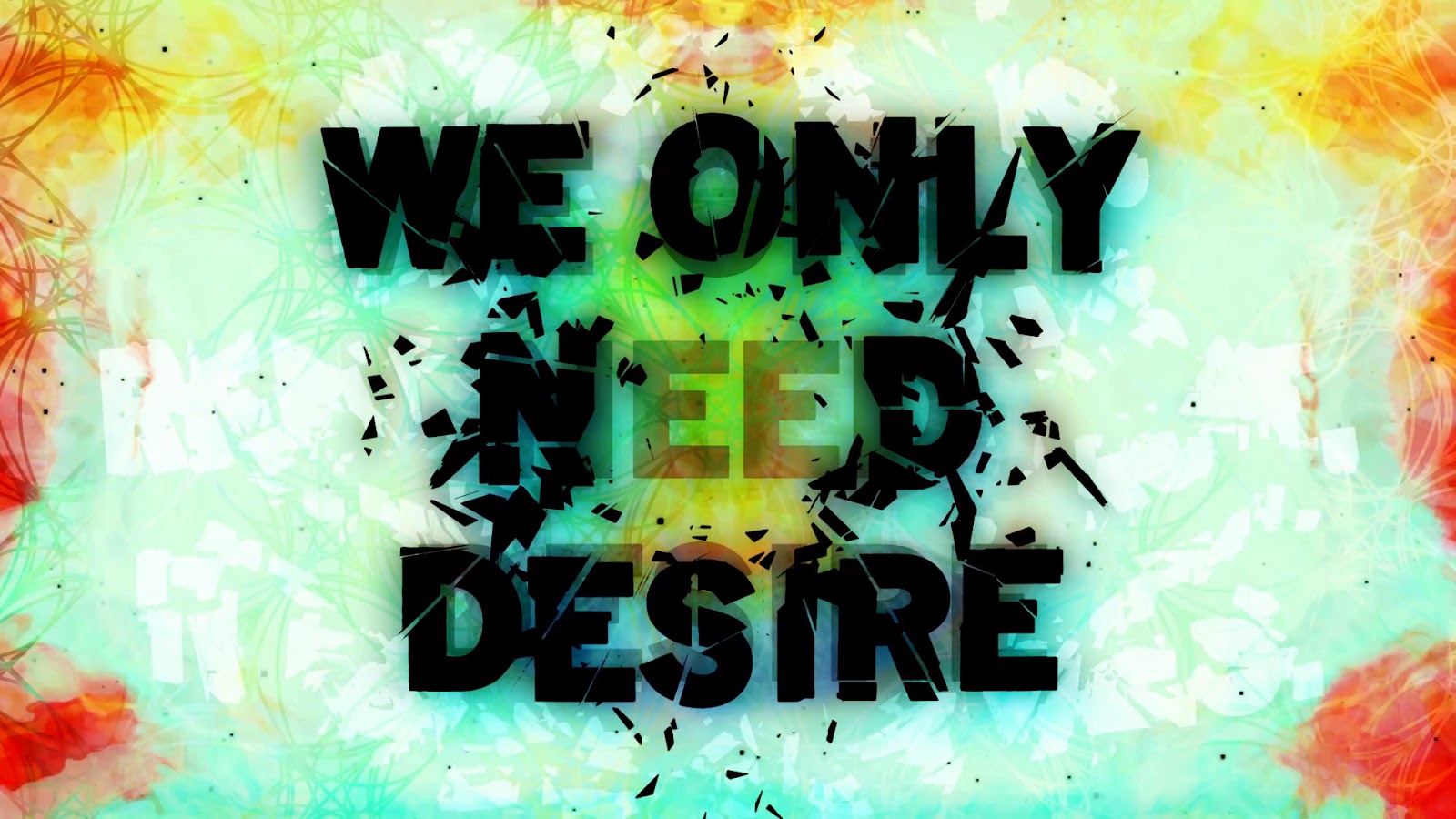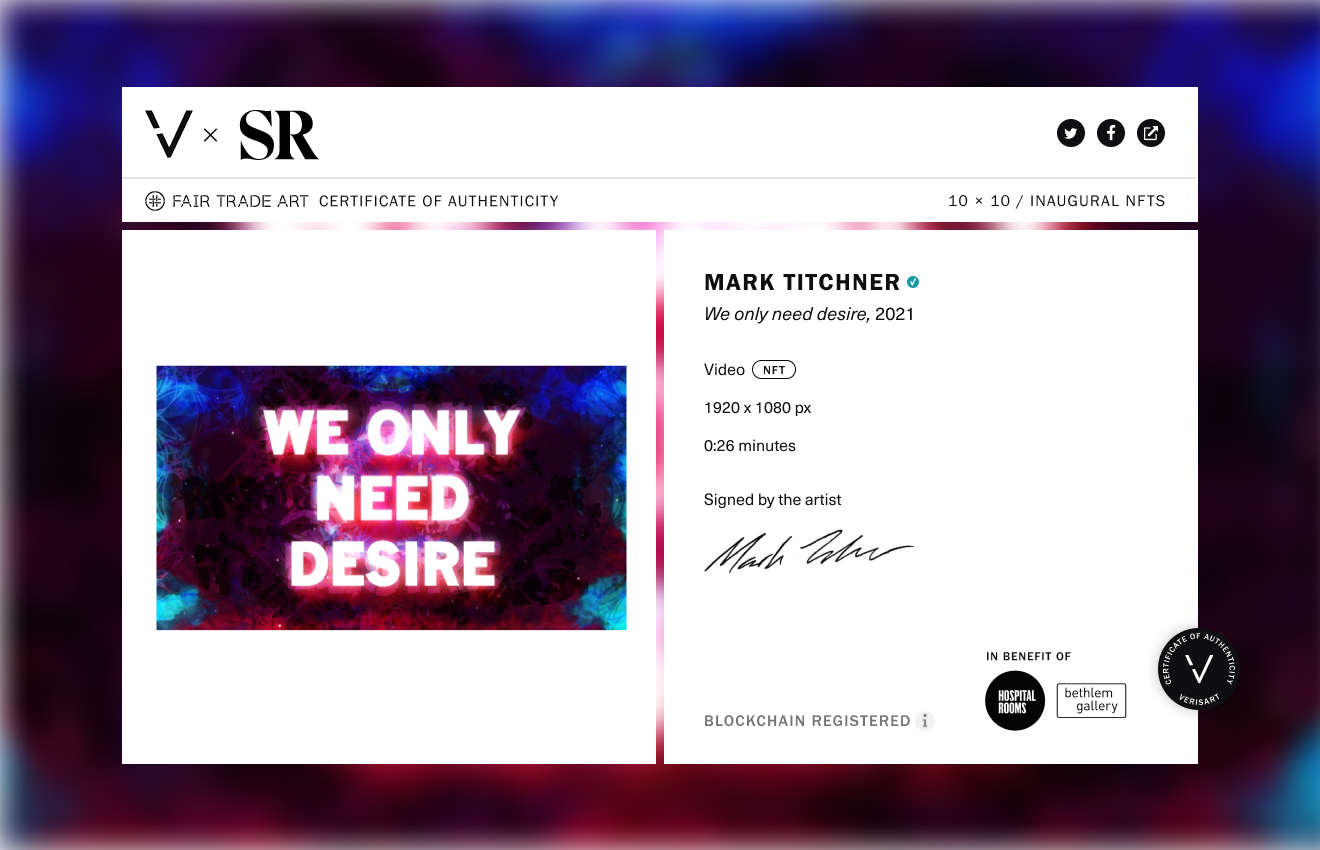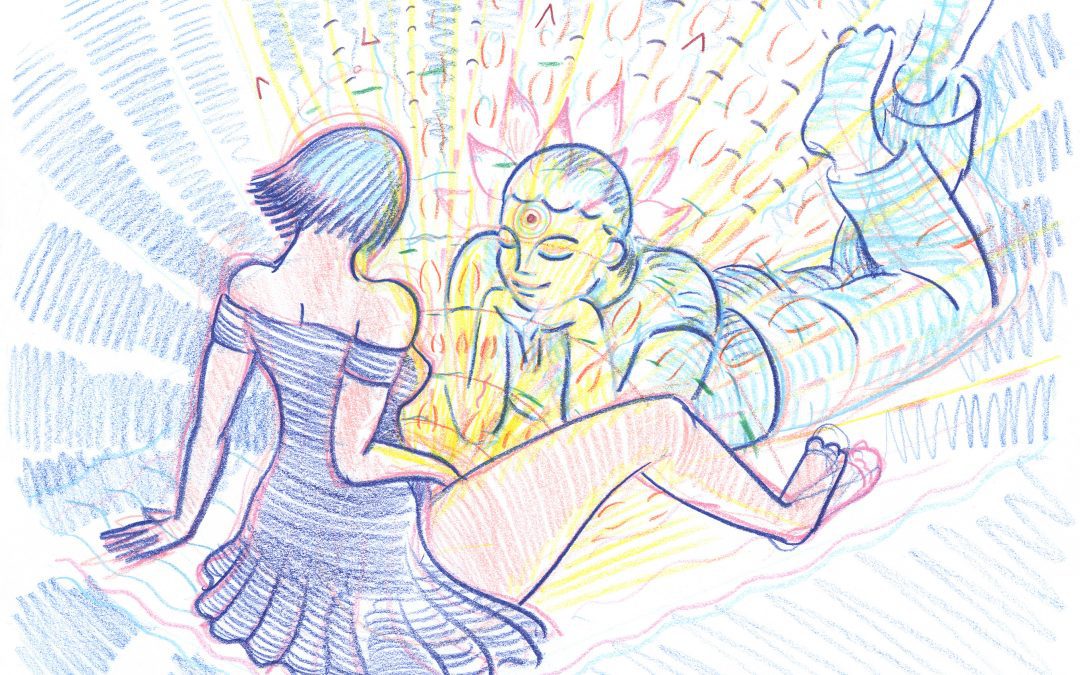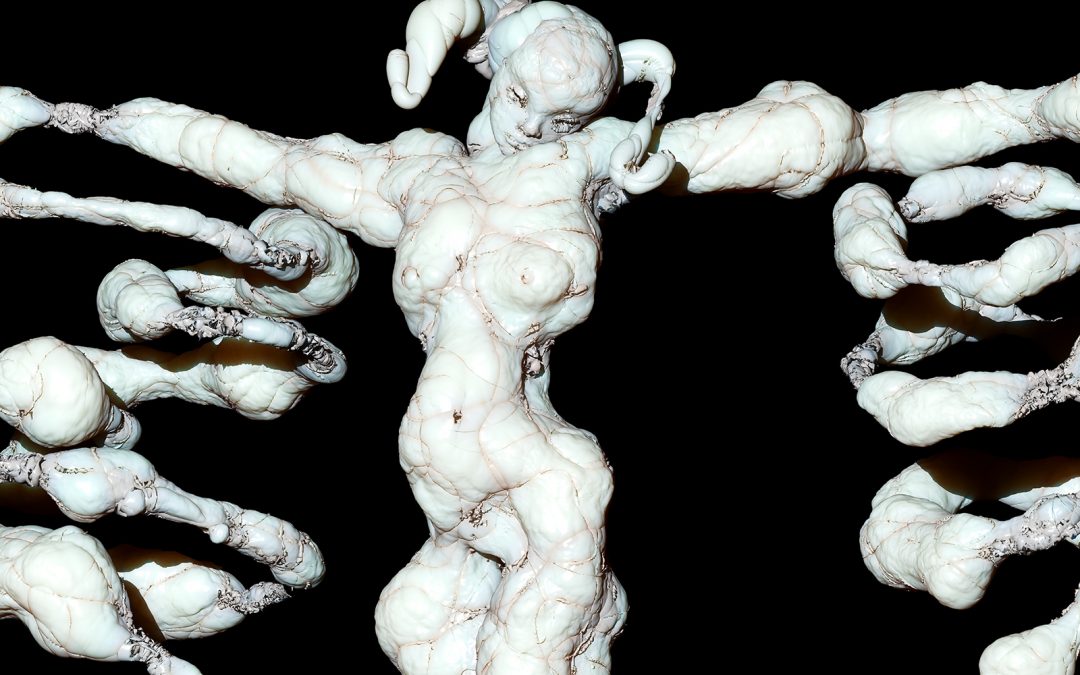SuperRare Labs curator Mika Bar-On Nesher speaks to Claire Silver about AI art’s relationship with literature, her new body of work “artifacts,” and the making of taste in the AI art movement.
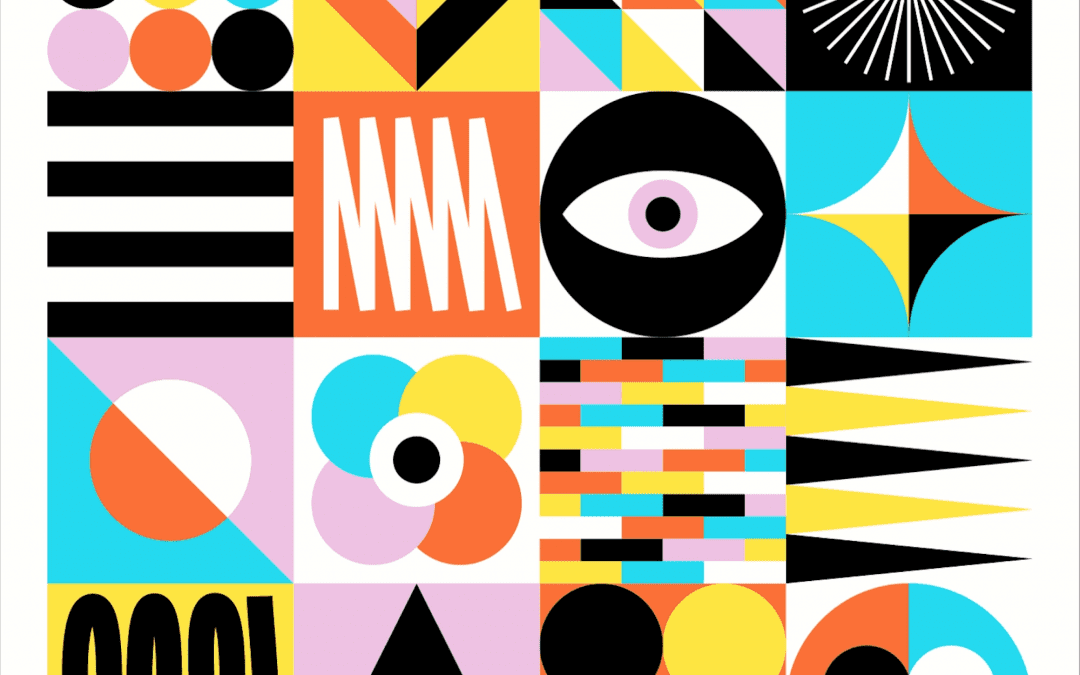
Mosaic Tetris by PosterLad
Editorial is open for submissions: [email protected]
Vratislav Pecka (aka PosterLad) has been making posters almost daily for almost five years now. Here he explains how couple of years ago it occurred to him to try to design a poster with Maiolica style.
I remember it like today when I sat in a restaurant in Madrid in winter 2017 and I was enthralled by the beautiful interior, its picturesque and originality. I was most intrigued by the layout and graphics of the tiles on the floor. Each tile was completely different from the others, but on all of them the same colors were used, so as a whole the floor acted uniformly and coherently. Today I know that these tiles are called Maiolica. I immediately fell in love with this design and started making posters with a similar idea: different-looking tiles with repeating colors.
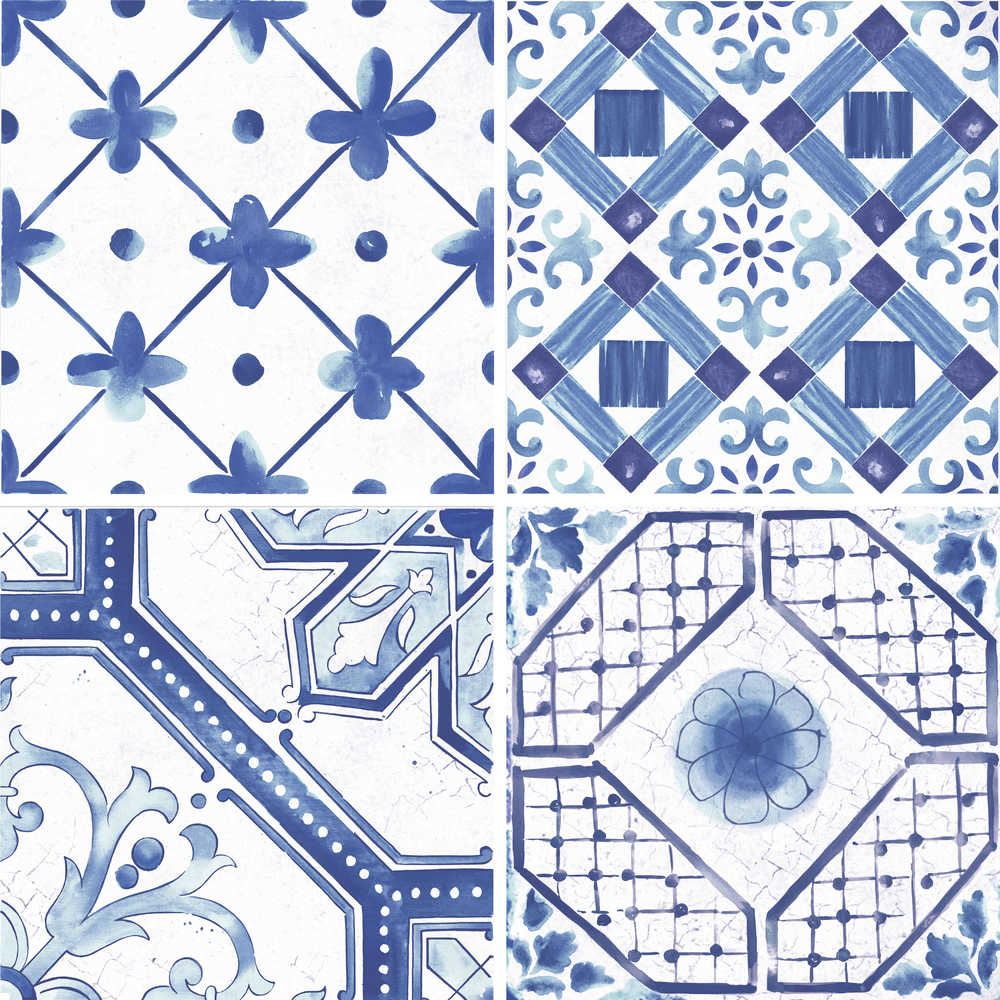
In that year, most of his work was inspired by the very style of Maiolica. Since then, several years have passed and he no longer has his work built on a system of diverse tiles, but he still considers it an absolutely essential basis of his work. Once in a while, though, the designer will not resist and try to create a new work of art with this style.
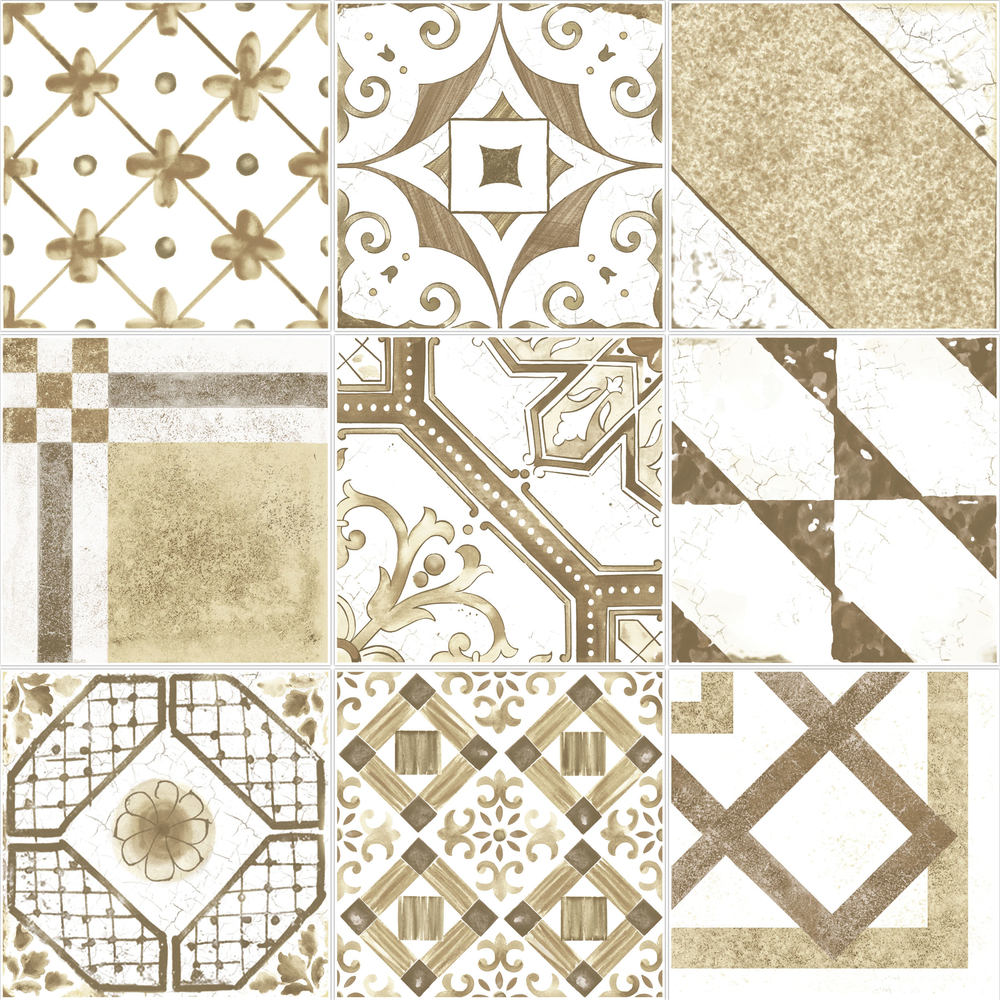
This NFT, which he called Mosaic Tetris, is his return to Maiolica. This is the first time he got these tiles animated. Each individual tile plays its important role in this theatre of colors and shapes and maintains balance in the image, which is Pecka‘s main goal in creating any artwork. The movement of individual tiles resembles some kind of game. Remotely Tetris. All pieces move in different directions and always fit into a new position, as if it was intended. These puzzle pieces are not tasked with expressing anything specific, or perhaps concealing any hidden message. All elements of this work are assembled so that overall the artwork is balanced, both in terms of colors or layout, and possibly appealing to viewer’s eye.
About PosterLad
PosterLad is an art project by Czech designer Vratislav Pecka. Born in 1988, he likes to go back in his memories to his childhood in 90s, and so a kind of 90s nostalgia is one of the main elements of his work. Pecka likes to keep things simple. Simplicity, vivid colors, that mentioned 90s nostalgia and strong influence of the Bauhaus school, these are common features of this artist’s work. The PosterLad project was awarded two major design awards: the 2020 German Design Award and the 2019 Silver A’Design Award. Pecka sells his prints worldwide both online and in physical shops.
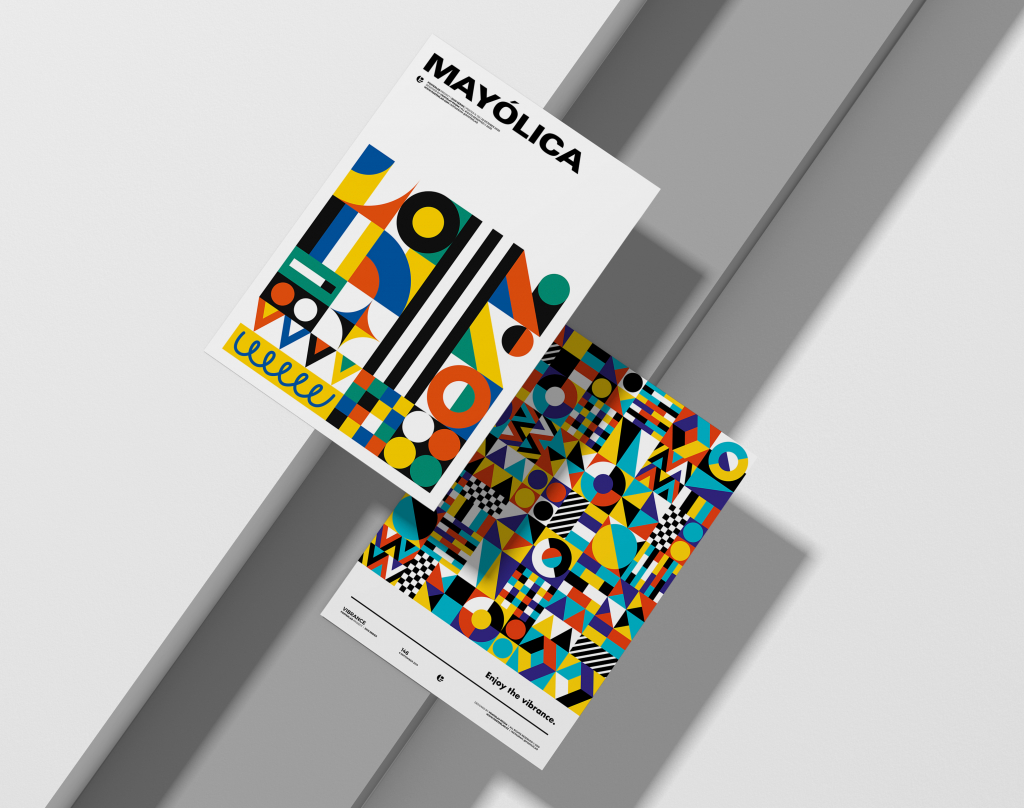
Pecka is a newcomer to the NFT world and is grateful for the opportunity to be a member of the SuperRare family.
PosterLad Instagram: https://www.instagram.com/posterlad/
PosterLad Twitter: https://twitter.com/posterlad
Tech






Nothing but net worth: Sports collectibles cross over to the blockchain
The classic hobby gets an upgrade with NFTs, but what does that mean for collectors and leagues?
Curators' Choice






Curated Conversations: omentejovem
Above: "Out of Babylon" by omentejovem, 2023. Available now SuperRare.Thales Machado, or, omentejovem (“the young mind”), as he’s known in digital art circles, is a 21 year old, Brazilian abstract artist known for his fluid, colorful...




